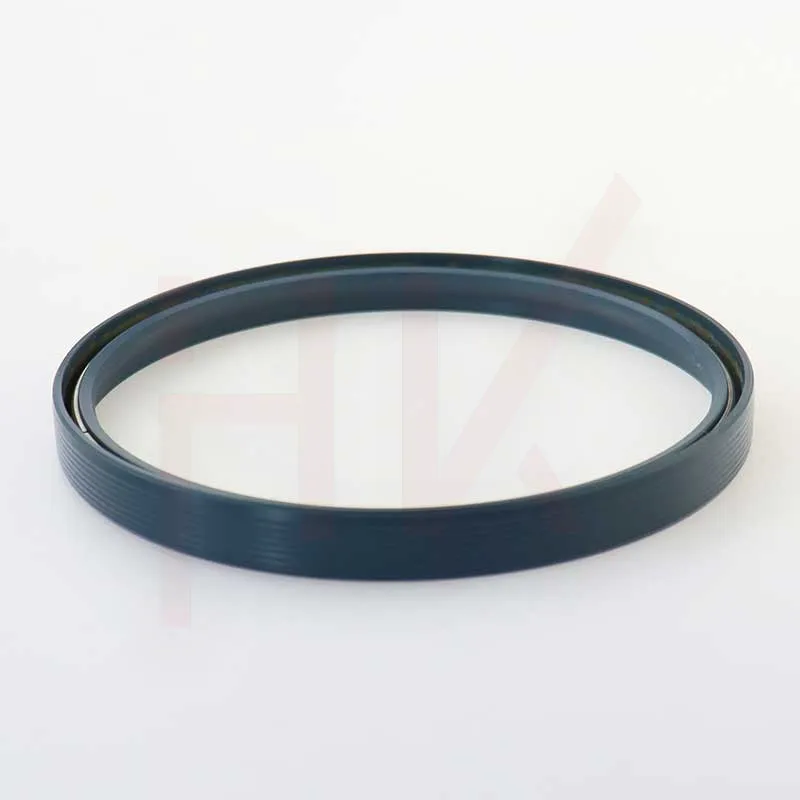11 月 . 01, 2024 02:54 Back to list
Hydraulic Cylinder Seal Change Guide for Optimal Performance and Longevity
Hydraulic Cylinder Seal Replacement A Comprehensive Guide
Hydraulic cylinders are essential components in various machinery and equipment, providing the necessary force through hydraulic pressure. Over time, the seals within these cylinders can wear out due to continuous operation, environmental factors, or the nature of the fluids involved. When seals fail, it can lead to leaks, reduced efficiency, and even catastrophic failures. Therefore, knowing how to replace hydraulic cylinder seals is crucial for maintaining optimal performance in hydraulic systems.
Understanding Hydraulic Cylinder Seals
Hydraulic cylinder seals are designed to contain hydraulic fluid and prevent leakage. They work under high pressure and are subject to wear from friction, temperature fluctuations, and contamination in the hydraulic fluid. Common types of seals include O-rings, rod seals, piston seals, and backup rings, each serving a specific function within the cylinder.
Signs of Seal Failure
Before diving into the replacement process, it's essential to recognize the signs indicating that seal replacement is necessary
1. Fluid Leaks Visible oil or hydraulic fluid around the cylinder is often the first noticeable sign of seal failure. 2. Performance Issues Reduced speed or power output from machinery can indicate improper sealing. 3. Increased Noise Unusual sounds during operation may suggest that the seals are not functioning correctly.
Tools and Materials Needed
To replace hydraulic cylinder seals, you’ll need several tools and materials
- Replacement seals (ensure compatibility) - Wrenches and sockets - Screwdrivers - Pliers - Seal pullers - Cleaning materials (e.g., rags, brushes) - Lubricants (for the new seals) - Safety equipment (gloves, goggles)
hydraulic cylinder seal replacement

Replacement Process
1. Safety First Before starting, ensure the hydraulic system is depressurized and isolated from power. Wear proper safety gear to protect against hydraulic fluid.
2. Disassemble the Cylinder Carefully remove the hydraulic cylinder from the equipment. Use wrenches to disconnect hydraulic lines and fasteners.
3. Extract the Cylinder Rod Once the cylinder is removed, carefully slide out the rod. Use a seal puller if necessary to remove old seals without damaging the cylinder surfaces.
4. Inspect Components Check the cylinder barrel, rod, and other components for wear or damage. Clean all parts thoroughly to remove grit and dirt.
5. Install New Seals Lubricate the new seals lightly with hydraulic fluid before installation. Ensure that the seals are seated properly in their respective grooves to avoid future leaks.
6. Reassemble the Cylinder Carefully reinsert the cylinder rod and secure it with the appropriate hardware. Ensure all fittings and connections are tightened according to the manufacturer's specifications.
7. Test the System After reassembly, reconnect the cylinder to the hydraulic system and test it under low pressure before returning it to full operation. Check for any signs of leaks or abnormal behavior.
Conclusion
Replacing hydraulic cylinder seals is a vital maintenance task that can extend the life of hydraulic systems and prevent costly downtime. With the right tools, materials, and a thorough understanding of the process, anyone can perform seal replacements efficiently. Regular inspections and maintenance can help catch seal wear early, ensuring smooth and efficient operation of hydraulic machinery. Keep your equipment running optimally by prioritizing seal health and addressing issues promptly.
-
The Power of Advanced Sealing: High-Pressure Solutions for Modern Machinery
NewsOct.29,2024
-
Optimizing Machinery with High-Performance Oil Seals
NewsOct.29,2024
-
Maximizing Machinery Efficiency with Advanced Oil Seals
NewsOct.29,2024
-
Ensuring Equipment Longevity with Quality Oil Seals
NewsOct.29,2024
-
Enhance Equipment Performance with Quality Oil Seals
NewsOct.29,2024
-
Custom Oil Seals for Specialized Machinery Needs
NewsOct.29,2024
-
The Role of Wiper Seals in Dust Sealing and Oil Protection
NewsOct.20,2024
Products categories
















